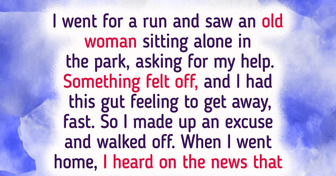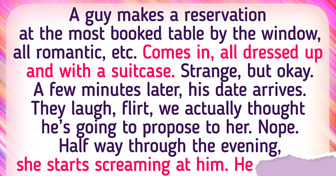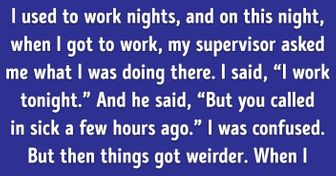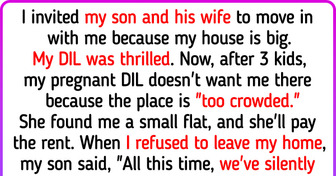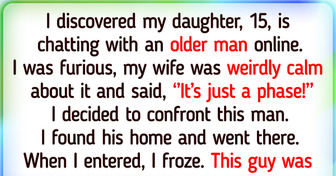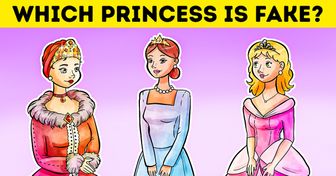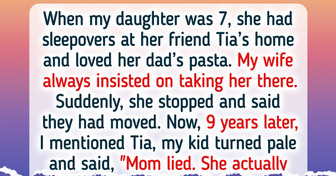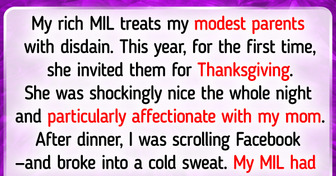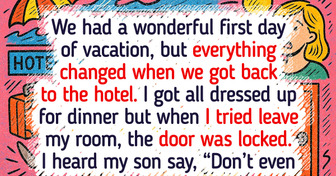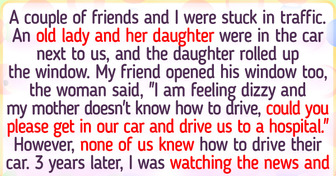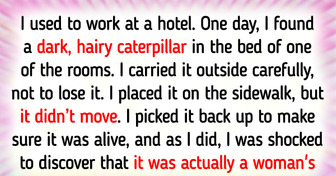20 People Who Went on Their Worst First Dates But Left With a Good Story to Tell

How would you feel if you accidentally met your relative who lived around 9,000 years ago? It’s exactly what happened to Adrian Targett, a retired history teacher from Somerset, England. He noticed a familiar face on the front page of several newspapers. It was the image of the so-called Cheddar Man.

His skeleton was discovered in 1903 in Cheddar Gorge near Somerset. (Now that makes sense.) Scientists used his DNA as a model to create a portrait of one of the oldest humans found in Britain who lived back in the Mesolithic Period. Cheddar Man’s initial DNA analysis has shown that he was a typical representative of the Western European hunter-gatherer society. Years later, with the use of new technology, the scientists managed to establish that he had dark brown or black hair, dark skin, and bright blue eyes.
In 1997, researchers analyzed genetic material taken from the cavity of one of Cheddar Man’s molar teeth and compared it to samples taken from locals whose families were known to have lived in the Cheddar area for centuries. The test found that Mr. Targett was, indeed, Cheddar Man’s direct descendant. The genes were passed from mother to daughter across 300 generations. The only obvious difference in appearance between the two was skin coloring. As humans migrated north from the harsh African sun many thousands of years ago, their skin got lighter to absorb more sunlight and vitamin D. But this process didn’t happen overnight. So, the skin of Cheddar Man is much darker than that of his offspring, who was born under the cold British sun.
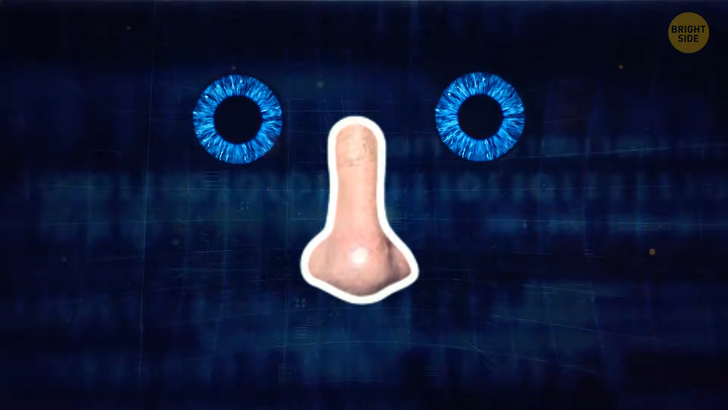
Mr. Targett admitted he didn’t know how he felt about the test results. He wasn’t surprised, though, as he recognized his nose shape and bright blue eyes on his ancestor’s face. His name ended up in the Guinness World Records book as the farthest traced descendant by DNA. Studying Cheddar Man also opened up some new evidence of when and how farming came to the British Isles. Researchers concluded that the hero of the day was a part of an extended group of families of around 30 people. It looks like they came after the woolly mammoth had disappeared but before farming became a thing in the area. The oldest traceable family tree before Mr. Targett’s case stretched back 5,200 years, which is older than Rome. The lineage of the Chinese Kang clan spans over 80 generations. It includes more than 2 million people, and one of them is the famous philosopher Confucius himself! And, it still holds the title of the most accurate longest family tree.
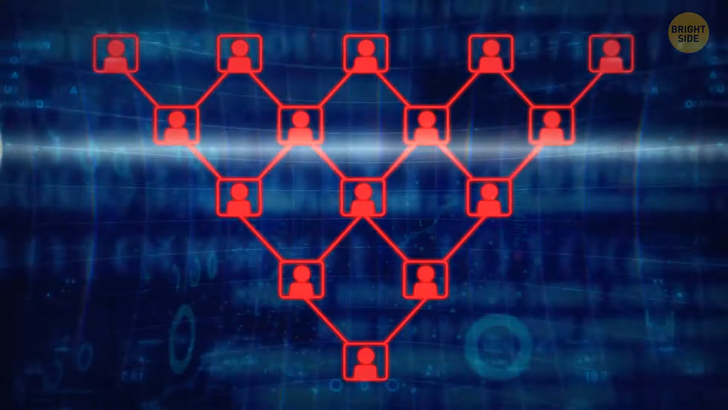
Ever wondered how many ancestors you have? Let’s do some math here. So, first, it’s 2 parents, 4 grandparents, 8 great-grandparents... Yeah, if we keep multiplying by 2 and go back 10 generations, we get 1,204 ancestors. It sounds like quite a crowd, but 10 generations aren’t that many when it comes to thousands of years of human history. About 20 generations, or 400 years ago, each of us should have about a million ancestors, and 800 years ago — a trillion ancestors! In theory, it leaves us with hundreds of trillions of people, which is practically impossible since there have never been that many people on Earth.
Imagine there lived a guy around a thousand years ago. His daughter was your mother’s 33rd great-grandmother, and his son was your father’s 33rd great-grandfather. It would mean he’s on two branches of your family tree, both on your mother’s and on your father’s side. Most people who lived at that time would actually appear on our family trees not just twice but thousands of times. There were just around 200 million people on Earth back then. It means that each of them would have to appear 5,000 times on the family tree of each of us living today. Life isn’t that mathematically even, though. Some people from the past never had children, and others had many of them, which means they’d be featured on the trees of many, many people.

Steve Olson, author of the book “Mapping Human History,” used the help of a statistician, a computer scientist, and a supercomputer to calculate how interconnected the human family tree is. If you went back in time 2,000 to 5,000 years, you’d meet a human who could call everyone currently living their descendant. A journey a bit further in time, say 5,000 to 7,000 years ago, would let everyone living today meet their ancestors, and that would be the same people. This supports the theory that our family trees aren’t inverted pyramids that keep endlessly widening but diamonds. You start from yourself, and as you go back several generations, you see it grow wider. Then, at some point, the tree starts narrowing until it goes down to only a few ancestors and even to one person. This person probably lived a few thousand years ago, during the reign of Tutankhamun or maybe during the Golden Age of ancient Greece. They didn’t do anything particularly outstanding, and they never knew they would become the ancestor of nearly 8 billion people living on our planet today.
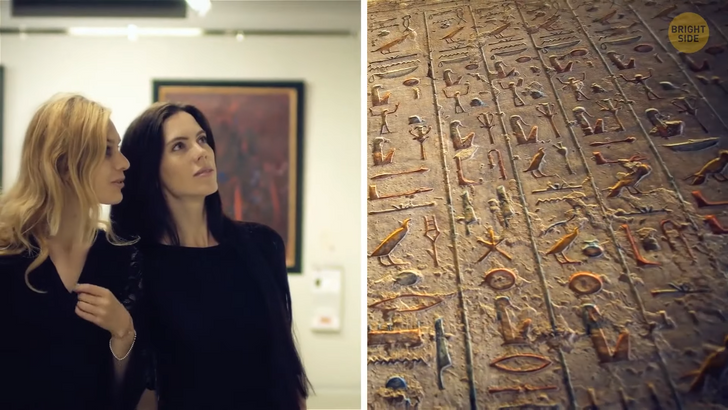
So, the next time you visit an exhibition of Ancient Egyptian art from the time when pyramids were built, remember that every hieroglyph and every piece of jewelry there, was created by one of your great-great-great, multiplied by hundreds, grandparents. And that mummy in the center of the hall — most likely your ancestor, as well. On average, most of us can trace our ancestry with high accuracy back to the 1600s. If you decide to build your family tree, you got to do some research and learn as much about your ancestors as you can. Start at home and study all papers and photos you can find in the attic or basement. Letters, especially the ones with dates on them, diplomas, report cards, diaries, and postcards, are all going to be your best friends in the search. You can also check out the local library or archives. They should have census records that can help you. The results of your search will depend on your ancestors’ social status and past wealth. It’s always easier to find data on someone wealthy and important to their community.
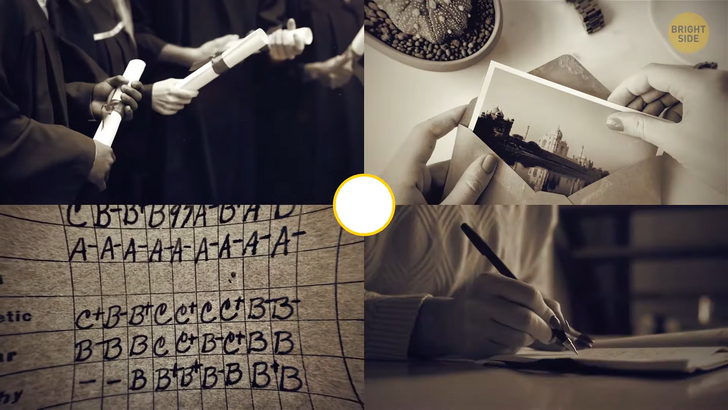
In some cases, birth records might be destroyed or misplaced. Your origins can also affect the search as many cultures had oral histories and didn’t record anything in writing. In Western Europe, they started keeping genealogical records during the 1500s. Before that, family members memorized their whole lineage, and of course, they mostly remembered only the names. Sometimes they’d also remember major events alongside key ancestors. In some cases in ancient times, genealogy helped find the lawful heir to the throne. Royals and nobles who were candidates for the position would present their genealogical trees, just like you send your CV and recommendation letter now. The US didn’t start keeping lineage records until around 1910. Switzerland has records that stretch back over 700 years. China, for comparison, has been doing it for over 2000 years. Another priceless source of knowledge is your elderly relatives. Each artifact you find and show them will most likely encourage a long and interesting story full of names and details.

There are many free websites that will help you organize the information you find. The more users the website has, the more likely you are to find some of your ancestors in someone else’s tree. You can also use your findings, especially stories you manage to recover, to write your family history book. Be prepared that this research might take many years. The more ancestors you find, the more you’ll still have to discover. In case you prefer biology to paperwork, you can try taking a DNA ancestry test. Scientists will analyze your genetic material to trace the migration paths of your ancient ancestors from a thousand years ago and will give you some information on your ancestral roots. You won’t learn much about who your relatives were, though. Current tests can’t go back further than 8 generations. There are many testing services available, and if you choose the ones with a large database, you have more chances of getting a match with other people looking for ancestors. Happy hunting!

